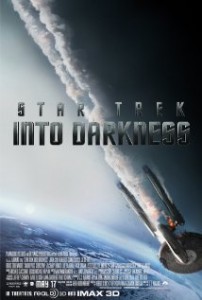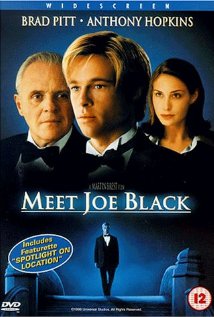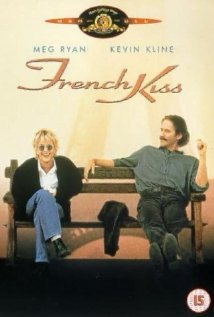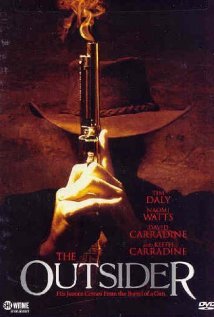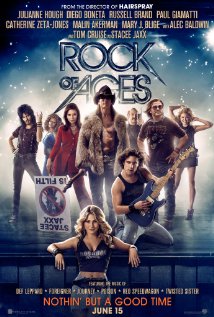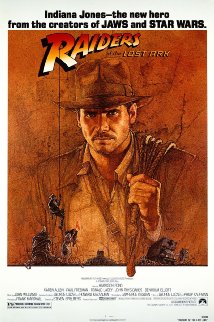 I have a lot of favorite movies, so when Movie Month came along I had to think long and hard about what to spend my time writing about. I was torn enough that I couldn’t narrow it down to just one post, but there was no doubt in my mind that I would have to tackle Indiana Jones, which has been a big influence on me ever since my initial forays into writing. My first published novel has an obvious connection to Jones-it tells the story of a globe-spanning archaeological chase that has the potential to turn the tide of history. The same very broad premise could apply to any of the four Jones films. Well, at least superficially, which is the whole point of this post.
I have a lot of favorite movies, so when Movie Month came along I had to think long and hard about what to spend my time writing about. I was torn enough that I couldn’t narrow it down to just one post, but there was no doubt in my mind that I would have to tackle Indiana Jones, which has been a big influence on me ever since my initial forays into writing. My first published novel has an obvious connection to Jones-it tells the story of a globe-spanning archaeological chase that has the potential to turn the tide of history. The same very broad premise could apply to any of the four Jones films. Well, at least superficially, which is the whole point of this post.
There’s just something so energetic about these movies. They’re action-packed, yes, but they also have their full share of insight and philosophy. There’s a delicate balancing act going on here, and from the first time I was exposed to these films I knew I wanted to create something that tapped into the same zeitgeist.
As the series goes on, the gaps between films gets longer and longer (eventually very long), and according to George Lucas, a large reason is that he struggled to come up with MacGuffins worthy of the Indiana Jones legacy. A MacGuffin is a writerly term referring to the object of a character’s quest. It doesn’t actually matter what a MacGuffin is, because its primary purpose is to kickstart the story and motivate the characters. In other words, it’s plot fuel. In the first Indiana Jones movie, it the Ark of the Covenant. In the second movie, it’s the Sankara Stones. In the third, it’s the Holy Grail-a hard object to one-up, which is perhaps why we had to wait twenty years for the next film. Finally, the fourth (and probably final) outing sent the characters searching for eponymous Crystal Skull. The argument could be made that the best MacGuffin was the first, that Lucas was never quite able to recapture the magic.
All month, we’ve been looking at lessons to be learned from cinema. Today’s lesson, however, looks at what the first Indiana Jones movie excelled-and the others didn’t. Ironically, if the MacGuffin doesn’t really matter, it’s odd that Lucas spent so much time obsessing over them. And even after almost fifteen years of obsessing, the fourth film delivered what is almost universally regarded as the weakest one of all. So what went wrong?
The magic of Indiana Jones isn’t in the quest. Yes, there has to be a great story, but the magic is in the character-or rather, characters. The second movie relied too heavily on the plot, the third relied too heavily on the humour, and the fourth relied too heavily on… well, perhaps mysticism (or perhaps nostalgia). Certainly all four films contain these elements, but I would argue that the first movie is the only one to showcase them in proper balance, a tricky feat.
For a movie that managed to so thoroughly entangle itself in the world of its main character, it’s interesting to note that the first movie-Raiders of the Lost Ark-doesn’t even have the main character’s name in the title, as each of the sequels would (though this has been retconned on modern home-video releases). The movie was about a flawed adventurer. He was brave and cunning, but also insecure and self-deprecating. He wasn’t good with people. He was scruffy, got into a lot of fights, and had crippling fears and copious hangups. He was not idealized. These qualities are backed up not through the character’s biographical details or infodumpy expository dialogue, but through nuanced writing and an inspired performance. I may be giving the first movie too much credit, but Harrison Ford had a sparkle in his eyes back in 1981 that wasn’t present later on; I still love the other movies, but his facial expressions tended more towards exhaustion (but at least they fashion the character’s exhaustion into a plot point).
Now, I readily recognize that there are as many different kinds of authors as there are authors themselves, but I’m one of those guys who turns the spotlight on the characters more than the plot, as often as possible. You need both, but if I’m writing a scene and have to choose one over the other, seven times out of ten I’m going to look for ways to say something interesting about the character at the heart of the story. The character isn’t the guy to whom the story is happening, but rather the guy who is driving the story. The character is not an interchangeable MacGuffin. No character = no story.
If you can take away the character without seriously damaging the story, I think that’s a bad sign. In particular, if you take the Indiana Jones character out of the second and fourth films, I think those movies can still survive. The third film fares better, though still gets the balance wrong.
The Take Home: The character and the story should be so enmeshed that they cannot be separated. Test this on your own story; try outlining your work-in-progress with a different cast of characters. It’s the rare kind of test which one hopes to fail!


